Consultant Eric Singler connects recent psychology and behavioral economics to practical initiatives with clarity and solid empirical data. He offers a well-researched and -referenced (albeit simplified for a popular audience) take on engagement and performance, though some studies fit better than others. Still, savvy examples from rigorous experiments and observations surround his advice – a monumental effort that leads to valuable insights. Your assessment of the hands-on scope of “Nudge Management” might depend on your field expertise, but regardless you’ll appreciate his sound counsel, particularly on bias and counter-nudges to combat it.
Nudges – small and benign inducements to better behavior and choices – pervade society, but you may barely notice them.
Employees want to love their work; they want to engage and perform at their best. Regrettably, most companies still use outdated, command-and-control, fear-based management techniques that make it nearly impossible for most employees to engage and innovate. Harnessing the lessons of neuroscience and behavioral economics, firms can co-create environments with employees that bring out their best.
Nudges like “automatic enrollment” in pension plans tend to work, cost little and – unlike laws or tax incentives – don’t rely on coercion. Nudges gently guide people to better choices. Nudges address the human tendency to resist change, stay quiet, and make suboptimal decisions due to bias and emotion. Nudges can improve decision making and change efforts and productivity – all through benign encouragement of better choices for the firm and the employee.
Traditional economics described a fiction. Behavioral economics explains how people really think and behave.
Until recently, economists...
Eric Singler leads the BVA consulting firm. Cass R. Sunstein and Pierre Chandon, respected voices in this field, contributed the foreword and preface.









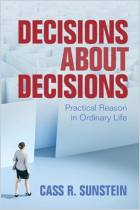
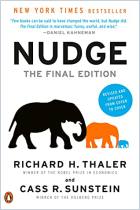

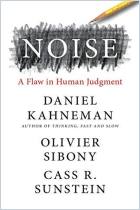
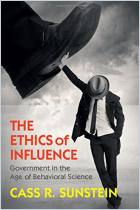
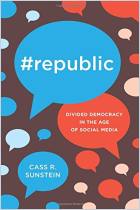

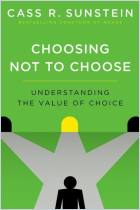
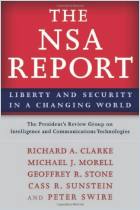


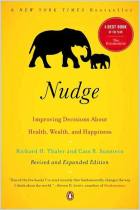
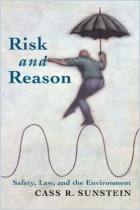

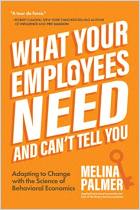

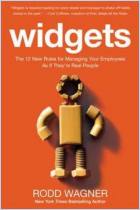

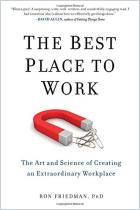









Comment on this summary or Start Discussion